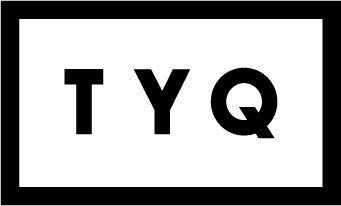Yin Yoga
Yin Yoga
In order to understand what Yin Yoga is, perhaps we have to understand what Yang Yoga is. Most forms of yoga target the muscles with shorter held postures and a more dynamic way of moving. We can call this a Yang type of Yoga, it targets the Yang tissues of the body, the muscles. The muscles however only make up about 50% of the body.
The other half are the Yin tissues, the joints, the ligaments, the connective tissue. These tissues don't like to be worked in a 'Yang' way, they prefer a gentle amount of pressure over a longer period of time.
An example of this would be orthodontic braces, over time they can actually change the shape of the jaw with a reasonable (but not always comfortable) amount of pressure.
Yin tissues need to be worked in a Yin way, and this is where the practice of Yin yoga comes into play. In Yang Yoga we engage muscles to avoid stressing the joints. In Yin yoga by relaxing the muscles we actively seek to stress the joints. Stress can be healthy for the joints, they get stronger as a result. Fascia responds very well to long held stresses, and because our muscles are about 30% fascia, Yin yoga can help muscles to get longer and more flexible.
By working this 'other half' of the body we help to create wholeness - the word health is derived from an old English word meaning whole.
We also have Yin and Yang energies. Here in London we lead busy, often frantic lifestyles which in time can take its toll on the body and mind. Yin Yoga is great way to balance out this Yang energy.
There are tremendous mental and psychological benefits to practising Yin Yoga. Because we hold the postures for anything between 1 minute and 20 minutes (20 minutes is not recommended for beginners!) each pose becomes a mini meditation. It gives us the opportunity to go inwards and really notice what is going on inside the body. When we slow things down we really notice more.
What you can expect from this class
In this subtle yet profound practice, you will develop inner awareness and serenity as you ease into reclined or seated postures. Holding these healing and prop-supported poses for 3 minutes or more will open the thicker layers of connective tissues around the joints, unravelling areas of tension that a dynamic yoga practice can not always access. Observe your feelings without identifying with them as you move into stillness, peace and attentiveness.


